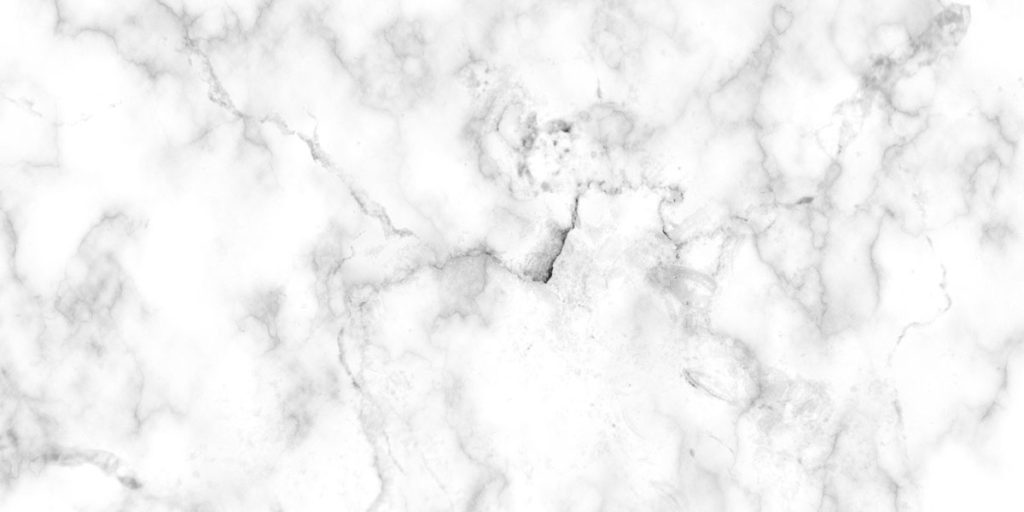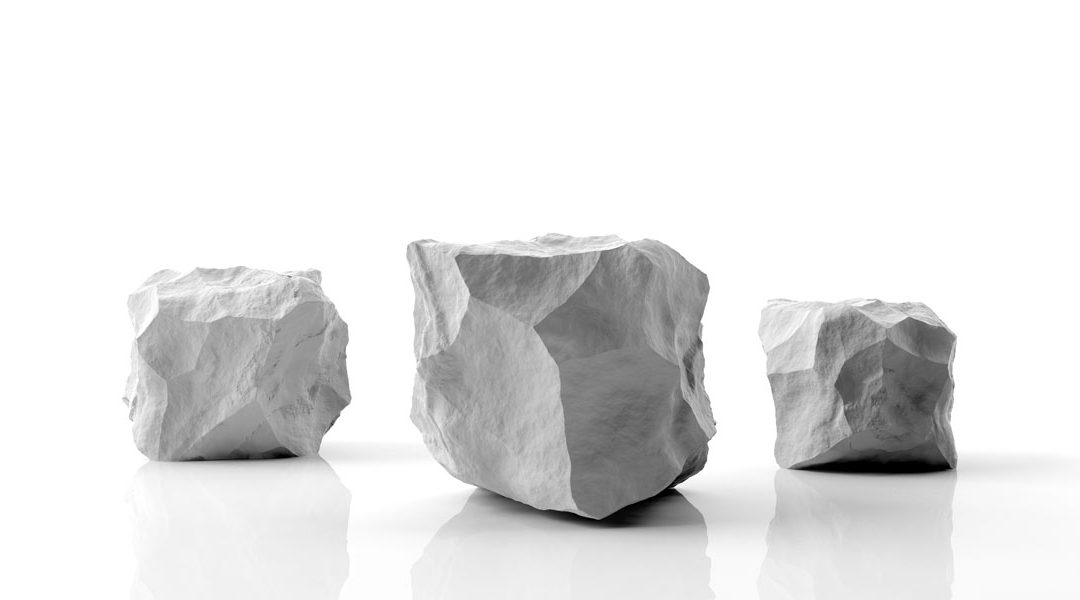When it comes to stone, it’s no secret that we are huge fans of the natural beauty of marble–and it seems that our customers are as well! But when we think about the gorgeous countertops, vanities, backsplashes, and other uses we have for marble, it is easy for us to forget where exactly marble comes from and how it’s formed. So, get your rock hammers, hand lenses, open your field notes, and get ready for a geology lesson.
Download Our Natural Stone Care Guide — Click Here
The first thing to know about marble is that it is a metamorphic rock. What does that mean? Marble is composed of recrystallized carbonate–which we may call limestone. When the limestone is exposed to heat, pressure, or certain fluids, the chemicals and crystals within the stone reorganize into a new structure–in this case, marble.
Now, metamorphic rocks make up a whole category of stone. Other metamorphic stones include slate, soapstone, anthracite, and lapis lazuli. But one of the special characteristics of marble is that it is non-foliated. See, foliated rocks have “bands” or “layers” where different minerals are visible. This happens because pressure causes the minerals to all point in the same direction; this is not a reflection of the stone’s quality, though, as slate and soapstone are foliated. Marble, though, does not have a “layering” effect because it is being subjected to equal pressure from all sides during its recrystallization: giving marble its smooth, uniform appearance.
It should be noted that metamorphic rocks are not igneous: they go through different processes when formed. Igneous rocks are formed by the cooling and solidification of magma. Note: magma typically is between 1300° and 2400°F. Diagenesis (the metamorphic process) occurs at a temperature above 400° but below the melting point of approximately 1300°.

Marble looks great in kitchens and bathrooms.
The signature element of marble is its veins. You may wonder where they come from. The answer may be simpler than you expect. Think of the all the things that are in the ground that can get into the mixture of metamorphic stone. The stone is now not only recrystallized limestone, but there are other materials in that earthy cocktail such as silt, clay, and iron.
Another unique aspect of marble is its wide range of colors which makes it suitable for any kitchen or bathroom. Much like the stone’s veins, this variety also comes from the materials that mix in with the limestone (some may call these “impurities,” but we would respectfully disagree). By default, marble is white, but different “ingredients” make the stone different colors. Iron and feldspar create pink or red colorization (similar to rust), iron oxide leads to yellow and brown hues, while deposits of serpentine makes the marble green, and porphyry (a red igneous rock) creates a purple product.
We’re huge fans of marble and all other natural stones–taking every chance we get to talk about them and how they can beautify your home. So, whether it’s marble, granite, or any other of our wide variety of natural stone, we would love to talk to you about your countertop options.


